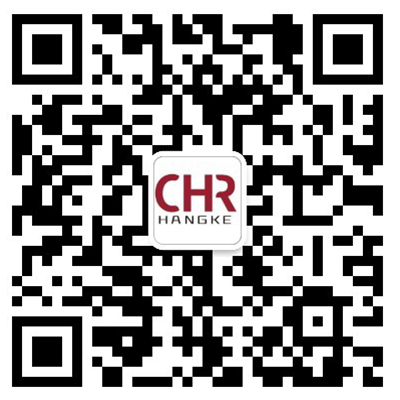- 简体中文
- Español
- Português
- русский
- Français
- 日本語
- Deutsch
- tiếng Việt
- Italiano
- Nederlands
- ภาษาไทย
- Polski
- 한국어
- Svenska
- magyar
- Malay
- বাংলা ভাষার
- Dansk
- Suomi
- हिन्दी
- Pilipino
- Türkçe
- Gaeilge
- العربية
- Indonesia
- Norsk
- تمل
- český
- ελληνικά
- український
- Javanese
- فارسی
- தமிழ்
- తెలుగు
- नेपाली
- Burmese
- български
- ລາວ
- Latine
- Қазақша
- Euskal
- Azərbaycan
- Slovenský jazyk
- Македонски
- Lietuvos
- Eesti Keel
- Română
- Slovenski
- मराठी
- Srpski језик
Development status of Lithium cell testing system
2021-06-08
With the increase in the power of lithium battery products, the expansion of application areas and the requirements of downstream enterprises to reduce production costs, the requirements for energy saving, detection efficiency and power of the Lithium cell testing system are correspondingly increased. At present, the traditional energy-consuming high-power Lithium cell testing system consumes a lot of electric energy during the charging and discharging process. However, the use of technologies such as energy feedback technology can greatly reduce energy consumption and achieve significant energy-saving effects.

At the same time, with the further improvement of new energy vehicle manufacturing technology, and the rapid development of emerging high-end lithium battery application fields such as robots, civilian drones, and aerospace, the degree of refinement of various indicators such as the estimation of cruising range is increasing. It has stricter quality requirements for lithium battery consistency, battery capacity, battery life and discharge rate, which promotes the continuous improvement of the detection accuracy and stability of the Lithium cell testing system.




